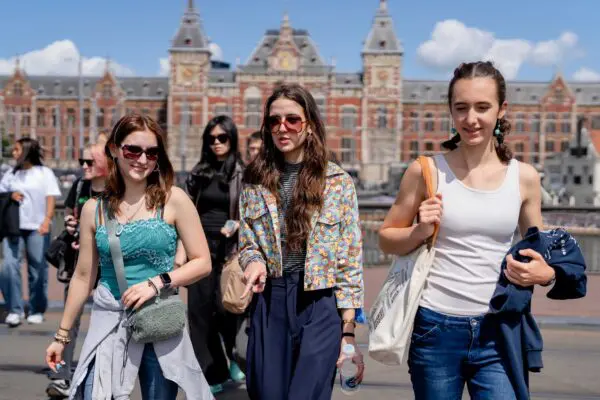
Amsterdam, Netherlands
Pre-University Honours Programme: Media, Journalism & Society
When:
28 July - 06 August 2026
Credits:
0 EC
Read more
Communication, Media and Journalism
When:
05 August - 09 August 2019
School:
Institution:
Maastricht University
City:
Country:
Language:
English
Credits:
2 EC
Fee:
600 EUR

The millions of photos we post on social media, the strong resonance of magazine covers and the tweets of US-President Donald Trump underline the importance of media framing analysis. This course teaches you methods to study textual and/or visual frames in news articles and social media posts, including their headlines, photos and captions. You also learn which aspects of an issue, event, person, group, or country are highlighted by a text and/or image and which problems, causes and/or solutions are (implicitly) suggested. Further, you are taught how the selected texts and images fit within the broader context, and how to identify what is considered real and normal in this context. In a step by process, you develop a coherent analytical framework and structure for your research paper or thesis. You write a paper in which you apply the method of Van Gorp (2010), or a method of your own choice, to analyze one or more (social) media representations from your dataset. Interactive lectures and roundtable discussions help you take the different steps in the research process. Taking note of various framing analysis approaches, the lectures help you become more familiar with the wide variety of ways in which you can define and analyze both textual and/or visual frames in (social) media.
L.A.S. van Efferink
▪ Strong motivation and good command of English are essential to get a pass for the course;
▪ Basic knowledge of visual analysis is recommended;
▪ Aimed at Bachelor/ Master/ PhD students in Media Studies/ Journalism/ Cultural Studies/ Linguistics/ Political Sciences/ International Relations/ Geography/ History. If in doubt, please contact Leonhardt for personal course selection advice.
▪ Designing an analytical framework to identify, interpret and analyze frames in (social) media, in line with your research objectives.
▪ Making a well-informed decision on whether to use a deductive, inductive or mixed method to study frames.
▪ Defining the framing devices in your dataset as clearly as possible.
▪ Applying qualitative methods from framing analysis and social semiotics to study the potential meanings among different audiences of textual-visual media representations.
▪ Compiling a dataset for your dissertation or thesis that is manageable and relevant.
Fee
600 EUR, This 1-week course costs €600,-.
When:
05 August - 09 August 2019
School:
Institution:
Maastricht University
Language:
English
Credits:
2 EC

Amsterdam, Netherlands
When:
28 July - 06 August 2026
Credits:
0 EC
Read more

Barcelona, Spain
When:
29 June - 24 July 2026
Credits:
6 EC
Read more

Pisa, Italy
When:
25 May - 30 May 2026
Credits:
3 EC
Read more